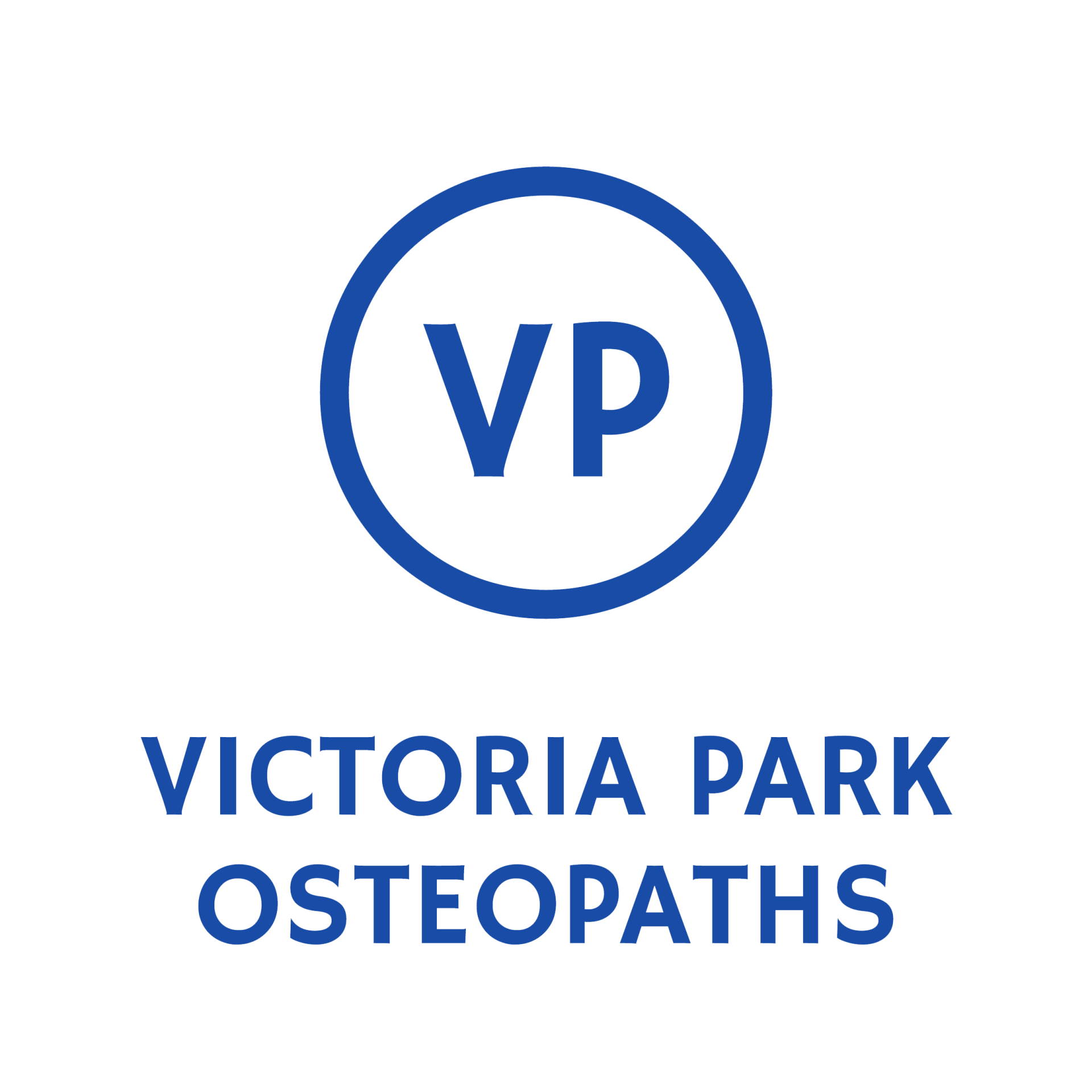What is Cervicogenic Headache?
A cervicogenic headache is a type of headache that originates from dysfunction in the neck (cervical spine), rather than the head itself. Pain is referred from irritated joints, discs, nerves, or muscles in the upper neck and can spread to the head, face, or behind the eye.
It often relates to posture, stiffness, whiplash, arthritis, or muscle tension around the neck and shoulders.
Symptoms & What You May Experience
You may notice:
- Pain that starts in the neck and spreads to the back, side, or front of the head
- Often one-sided, but can alternate sides
- Reduced neck movement or stiffness
- Pain triggered by neck motion, posture, or pressure
- Tenderness at the base of the skull
- Pain behind the eye or into the temple
- Possible dizziness, jaw tension, or shoulder tightness
Symptoms may build gradually or follow neck strain or injury.
What causes Cervicogenic Headache?
Common triggers include:
- Poor posture (desk work, forward head position)
- Neck joint irritation or reduced spinal mobility
- Whiplash or previous trauma
- Arthritis or degenerative changes
- Muscle imbalance or tension
- TMJ (jaw) involvement
- Referred pain from the upper back or shoulders
How We Help (At Victoria Park Osteopaths)
Treatment targets both the source of the pain and contributing factors:
- Joint mobilisation of cervical spine, thoracic spine, and ribs
- Soft tissue treatment for neck, scalp, shoulder, and jaw muscles
- Posture correction and ergonomic advice
- Guidance on stretches and mobility work
- Strengthening of deep neck flexors and stabilisers
- Breathing and relaxation techniques to reduce guarding
We focus on both
symptom relief and long-term prevention.
Recovery Time & What to Expect
- Acute tension headaches may improve after 1–3 sessions
- Recurrent or chronic cases benefit from 4–8 weeks of treatment and rehab
- Postural and lifestyle changes greatly reduce recurrence
- Most people experience
less frequent and less intense flare-ups with support
When to Seek Medical Review / Red Flags
Although tension headaches are usually benign, seek further medical evaluation if you experience:
- Sudden, severe “thunderclap” headache
- Visual changes, dizziness, weakness, or slurred speech
- Headache after trauma or associated with fever
- Neck stiffness with systemic symptoms
- Progressive worsening over time
- New headaches after age 50


